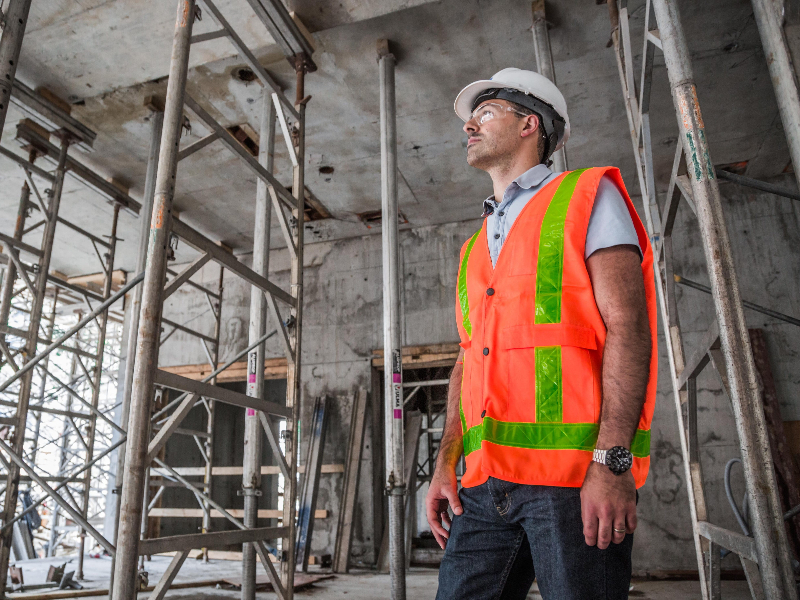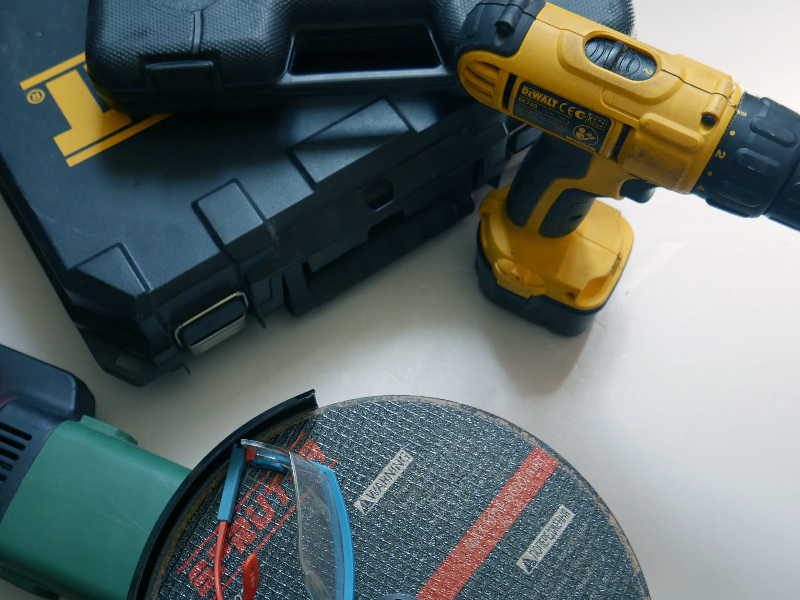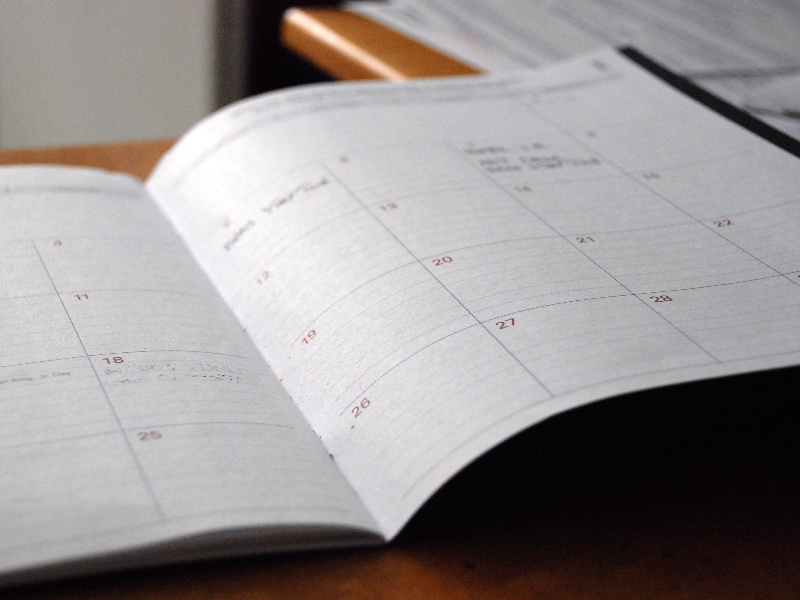
Although they don’t look like that on the surface, buildings are highly complex structures. In a
modern home, it is possible to find as many as twenty different types of materials making up the
various parts of the building. There will be woods, iron, steel, fiberglass, copper, aluminum,
glass, plastics, concrete, plaster, rubber, stone, fabrics, and even paper.
Alongside these, you will find extensive systems that crisscross the entire home to carry out their
functions. All these will be housed inside the structure of the home, which in itself is varied in
appearance and function. To cap it all off, these different components will have a specific
maintenance routine that is unique to them.
In short, buildings are complicated and maintaining them is a lot of work!
Unfortunately, a lot of real estate investors don’t fully appreciate this fact before they get into
buying properties. As a result, says MTD Management, the vast majority of landlords struggle to
maintain their rentals. They solve one problem home today, only for another to pop up the next
day.
This is why maintenance is the third biggest problem for operators of rental properties, after the
loss of rental income and problem tenants. But this is not to say that rental property maintenance
is impossible; there are landlords who have found a way to solve this problem.
What do these successful landlords have that others lack?
Landlords who struggle with maintenance do so because they lack a structured maintenance plan.
Without a strategy that gives landlords a complete overview of the building’s various aspects and
what is needed to keep them working, maintenance will be tedious and inadequate.
This article offers landlords a glimpse of the best ways to approach rental property maintenance.
The key to rental property maintenance
In a rental home, the keys to an efficient and cost-effective maintenance system are:
- Routine inspection

The home’s structures, systems, and appliances are only truly inspected when inspections
follow a step-by-step procedure. Implementing a systematic inspection process ensures
the evaluation is not hasty and nothing is overlooked. Moreover, inspections must be
done on a schedule.
The goal of routine inspections is to catch problems before they become pressing issues.
Catching maintenance problems early helps to avert the damage an incident would have
caused. It also lowers the cost of solving the problem and relieves the pressure on
landlords.
- Regular maintenance

Landlords who follow a program of regular maintenance don’t wait for things to go
wrong before they pay attention. Regular maintenance aims to prevent damage rather
than carry out repairs. For instance, frayed pipes should be replaced before they burst and
flood the home.
Regular maintenance also means to habitually carry out such tasks as are needed to keep
any part of the home functioning. The required task may be cleaning, oiling, servicing, or
other required chores. Regular maintenance works hand in hand with routine
maintenance.
A sample schedule for rental property inspection/maintenance

Bimonthly/quarterly tasks
- Exterminate every two months
- Change the filters of the AC, dishwasher, and range hood quarterly
- Test smoke and CO2 detectors quarterly
- Inspect fire extinguisher quarterly
- Check beneath sinks, boilers, and hot water heaters for leaky pipes every three months
- Do quarterly checks of windows, showers, and toilets
Seasonal tasks
Spring
- Inspect and clear gutters and downspouts of debris
- Touchup the landscape: prune trees/shrubs, remove winter debris, aerate the lawn, mow the grass, and check that the soil slopes away from the home (to prevent water pooling)
- Clean the home’s exterior: power wash external walls and inspect for damaged paint
- Inspect the siding
- Inspect the HVAC system and give it a tune-up, in readiness for summer
Summer
- Inspect and prepare your outdoor amenities: ready the pool and check fire pits, grills, locks, and gates. Ensure everything is safe and functional.
- Check the sprinkler system
- Check trees, shrubs, and grass to remove all summer fire hazards
Autumn
- Inspect the home’s exterior: check caulking, remove debris from gutters, trim vegetation, and inspect the roof
- Conduct safety checks: inspect handrails and surfaces that get slippery when wet
- Protect the home against pest by blocking all entry points
- Inspect attic insulation to prevent ice damming
- Inspect the roof to make sure it will hold up against winter storms and the weight of snow
- Clear the gutters and downspouts as soon as the leaves start to fall
Winter
- Winterize by wrapping uninsulated pipes
- Send reminders to tenants to disconnect garden hoses and insulate outdoor spigots
- Remind tenants to keep faucets running slowly at all times if temperatures fall very low
- Also, remind tenants to keep the area under sinks aerated by leaving the cabinet door open
- Remove tree branches that can cause damage. Prune branches and trim shrubs
- Seal windows and doors or ensure their sealing is intact
Biannual/yearly tasks
- Check the drainage and plumbing systems every six months
- Drain the water heater every six months or once a year
- Inspect the roof and ceilings for water damage once a year or after heavy rainstorms
The difference between effective and ineffective maintenance is timeliness. Poor maintenance
waits for things to go wrong. Good maintenance prevents things from going wrong. Call LPI today at 309-300-0007 to learn more about a home maintenance inspection!